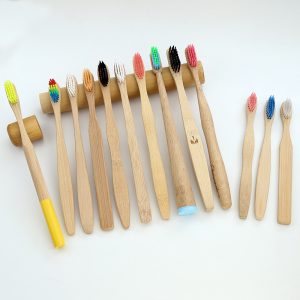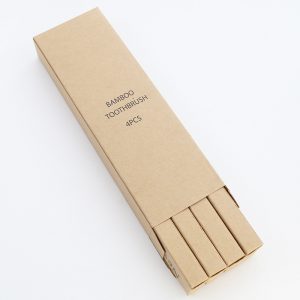Tooth brushing tool
Use a good toothbrush
▼The best texture of the bristles is nylon soft bristles, which can effectively remove plaque and bacteria on the teeth without irritating the gums and harming the teeth. The handle should fit the size of your hand, and the brush head should be as small as possible so that you can easily brush the teeth behind.
Change toothbrush regularly
▼The toothbrush should be replaced after the longest 3 months. When the bristles explode, it really means that its life span is over. Children’s toothbrushes should be replaced more frequently than adults.
Toothpaste that suits you
▼Toothpastes on the market are of various colors and functions. To choose a toothpaste that meets your needs, you can also ask a professional dentist.
Brushing skills
Use a small amount of toothpaste
▼Squeeze out a pea-sized toothpaste every time you brush your teeth. Using too much toothpaste will produce a lot of foam, making you think you have been brushing for a long time, thus ending brushing too soon.
Brush your teeth at a 45 degree angle
▼ Stand the toothbrush diagonally at a 45-degree angle, and brush gently in a short, vertical or lightly circular manner. Do not brush across the upper and lower teeth together.
Brush for three minutes
▼Brush your teeth in different areas. Brush each small area from the lower left surface to the upper right surface, and then brush the inside. Make sure that each tooth is brushed for 10 seconds on average without any omissions. Try to play a song and brush your teeth for the entire song while listening to the song.
Brush molars
▼Put the toothbrush perpendicular to the lips, or make the bristles on the top of the lower molars, brush from back to front and from bottom to top.
Brush the inner surface of the teeth
▼According to the dentist’s tips, people most often skip the inner side of the lower front teeth. Please make sure that the inside of each tooth is brushed.
Brush your tongue
▼There are often many oral bacteria on the tongue, so cleaning the tongue with bristles is also very important for maintaining oral hygiene and fresh breath.
Follow-up
finishing
Rinse the mouth
▼Rinse your mouth with water and spit out the foam residue in your mouth.
Rinse the toothbrush
▼After using the toothbrush, it should be cleaned, shaken dry, and stored upright to isolate bacteria as much as possible.
▼Finally, you can add mouthwash (or salt water) for 30 seconds and spit it out to fully kill bacteria and ensure oral hygiene.
To store the toothbrush
▼Do not put the toothbrush in a closed container. In a closed environment, the humidity is higher and bacteria are more likely to breed.
▼Store the toothbrush upright. This will help the residual moisture in the bristles to flow down and keep the bristles dry and hygienic.
▼Clean the toothbrush cup once a week. As the bristles stand upright, the remaining bacteria and moisture tend to accumulate in the cup, so it is best to clean it regularly every week.
▼Let the toothbrushes touch each other. If you share a cup at home, make sure that the toothbrushes do not touch each other when they are stored.







